The best budget dash cams: low-cost dashboard cameras
Discover the best budget dashcams available today, offering surprisingly advanced features.
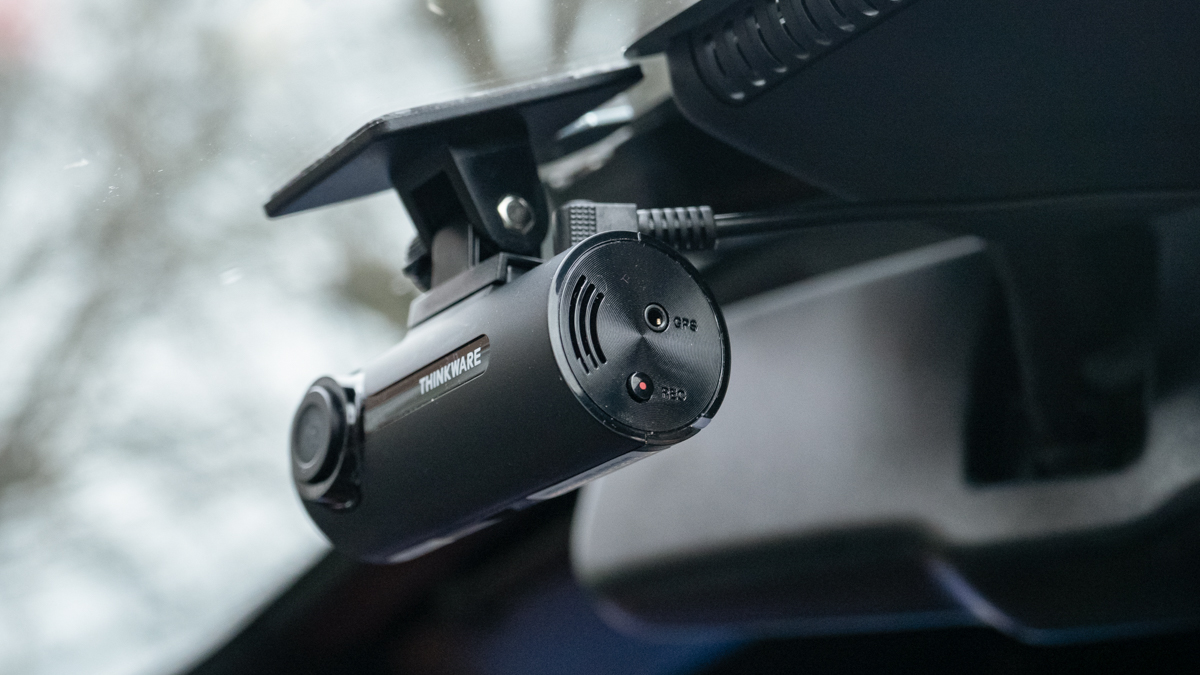
Dash cams have improved significantly in recent years. And, while at the top end of the market you can pay over $600 for the best dash cams, budget dash cams have never offered so much bang for your buck.
What’s more, buying a budget-friendly dash cam no longer means gambling on a brand you’ve never heard of. Today there are plenty of great options from familiar names like Garmin, Thinkwars and Nextbase for less than you might think.
These cheaper dash cams tend to still record Full HD video, but they often do while taking up far less space on your windshield. For some drivers, another benefit of budget dash cams is how they have fewer features and, as a result, can be less of a distraction when you’re behind the wheel.
Read on to discover some of our favorite budget dash cams, as tested by our expert team of product reviewers.

Alistair has been a journalist since 2011 and used to be Deputy Technology Editor at IBTimes in London. His specialist tech subjects include smart home gadgets, phones, wearables, tablets and dashcams. He is the host of The AutoChat Podcast
Our top picks
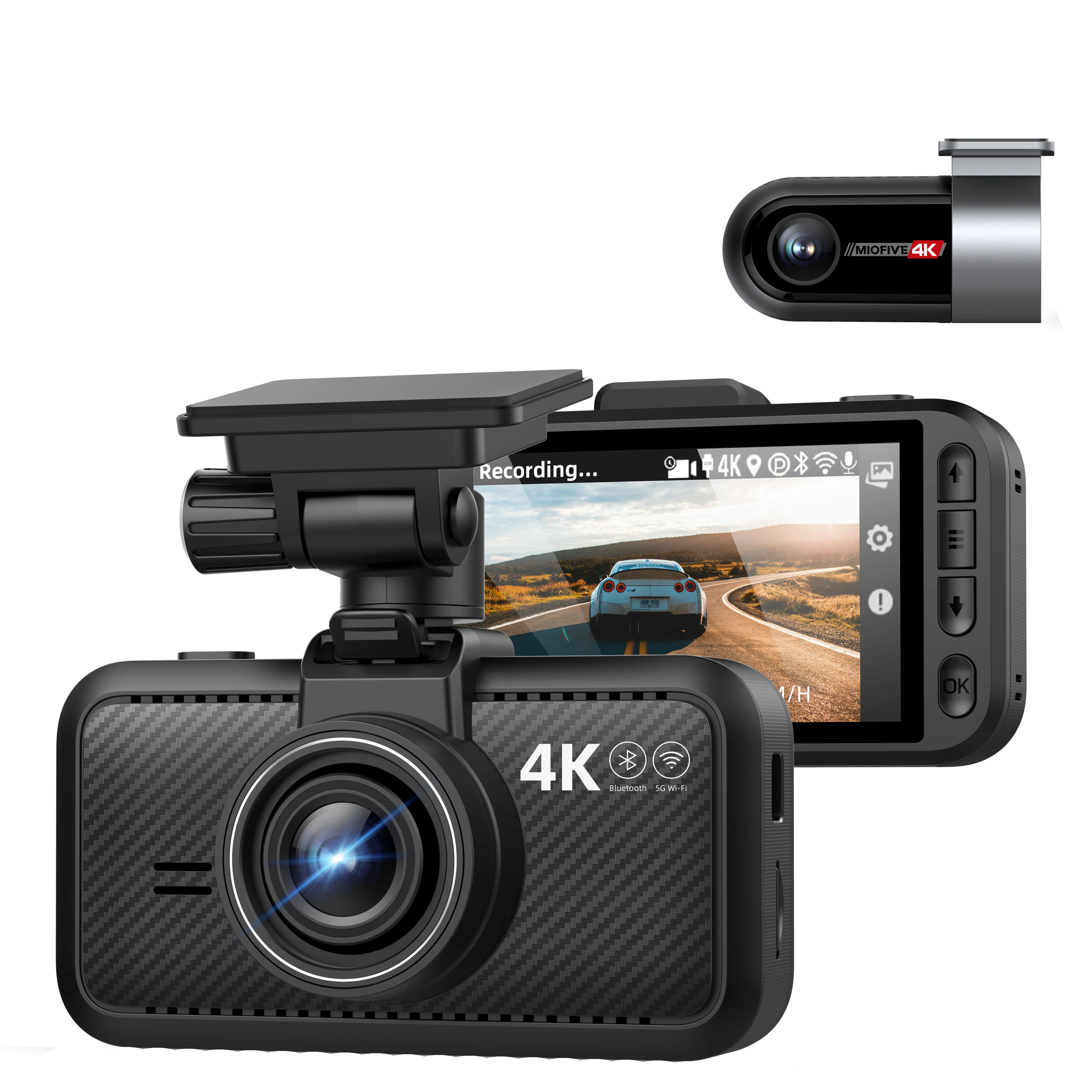
Best overall
The Miofive S1 Ultra really impressed our reviewer. Most of all, this low-price dash cam stands out for its ability to record in 4K from both front and rear.
Read more
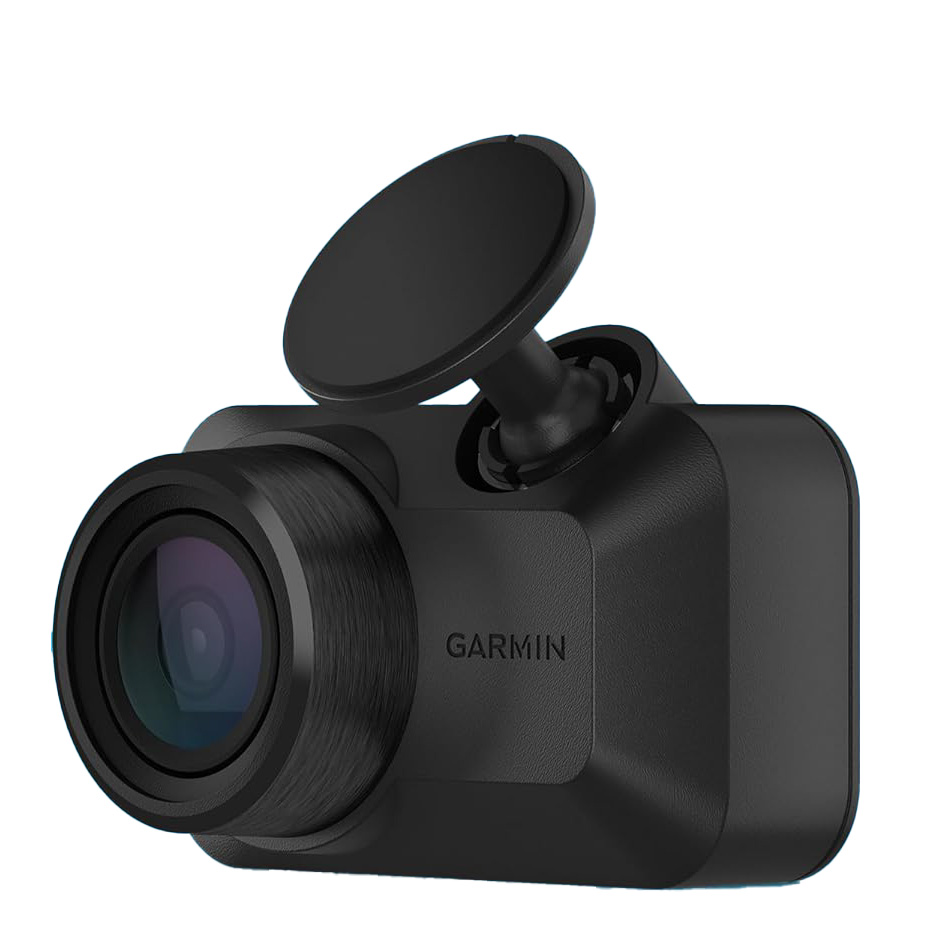
Most compact
Now in its third generation, the Garmin Mini is the best budget compact dash cam. It really is tiny yet packs 1080p video, parking mode and a newly integrated polarizing lens for even clearer video.
Read more
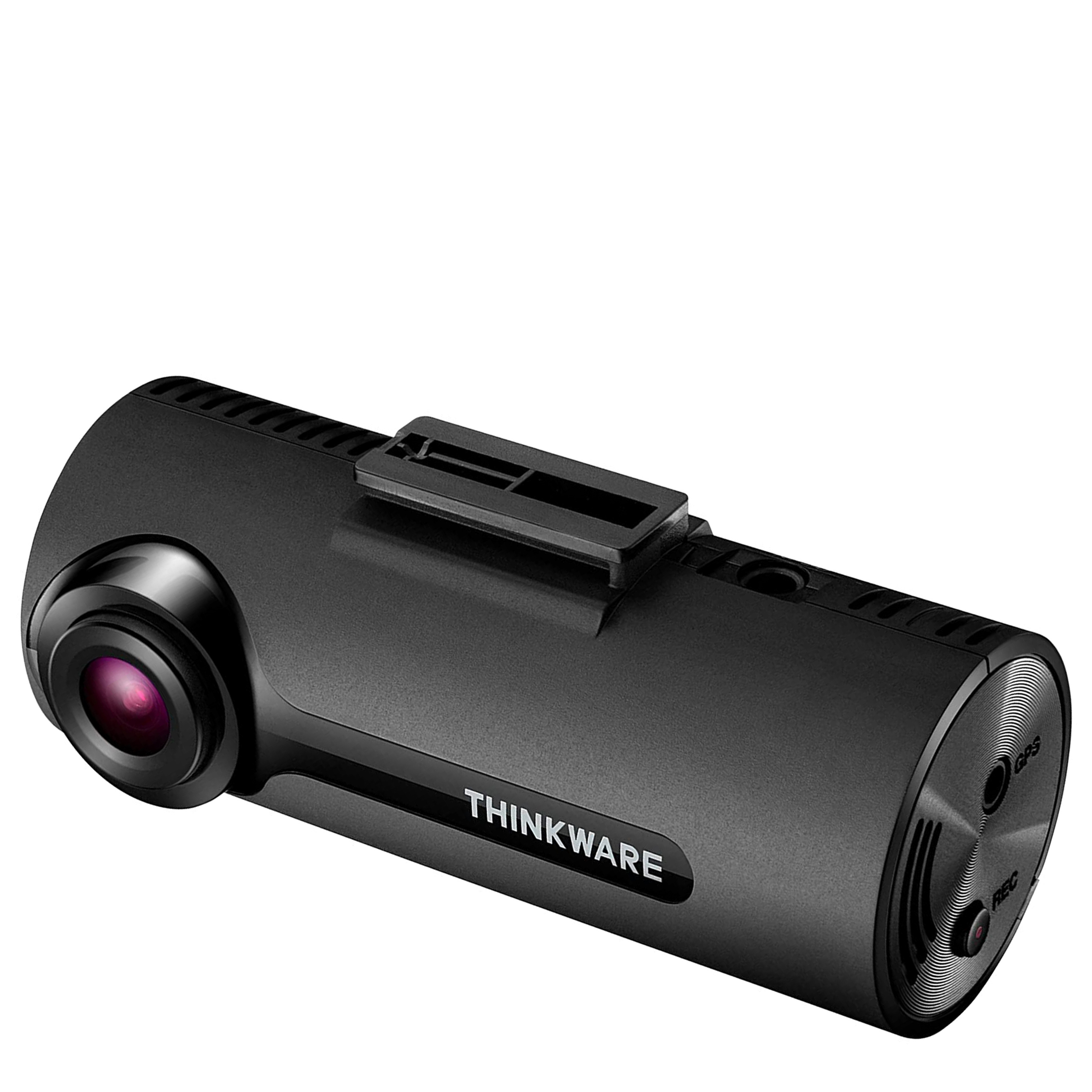
Best sub-$100
Another compact dash cam with Full HD video, good low light performance and the option of adding GPS for speed camera warnings and more.
Read more
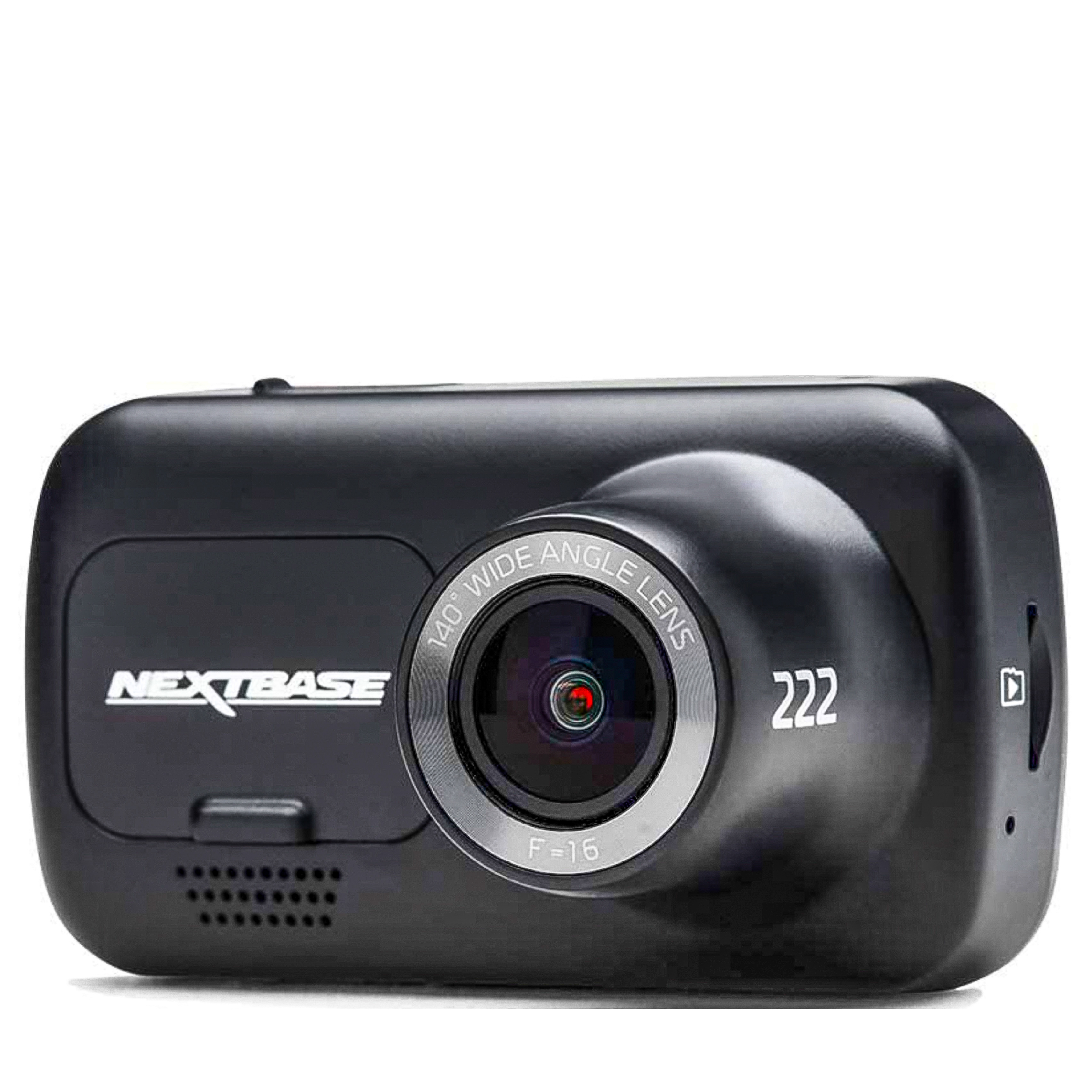
Cheap display
A budget dash cam with a 2.5in display for easy setup and video playback, plus Full HD and parking mode (hardwire installation required).
Read more
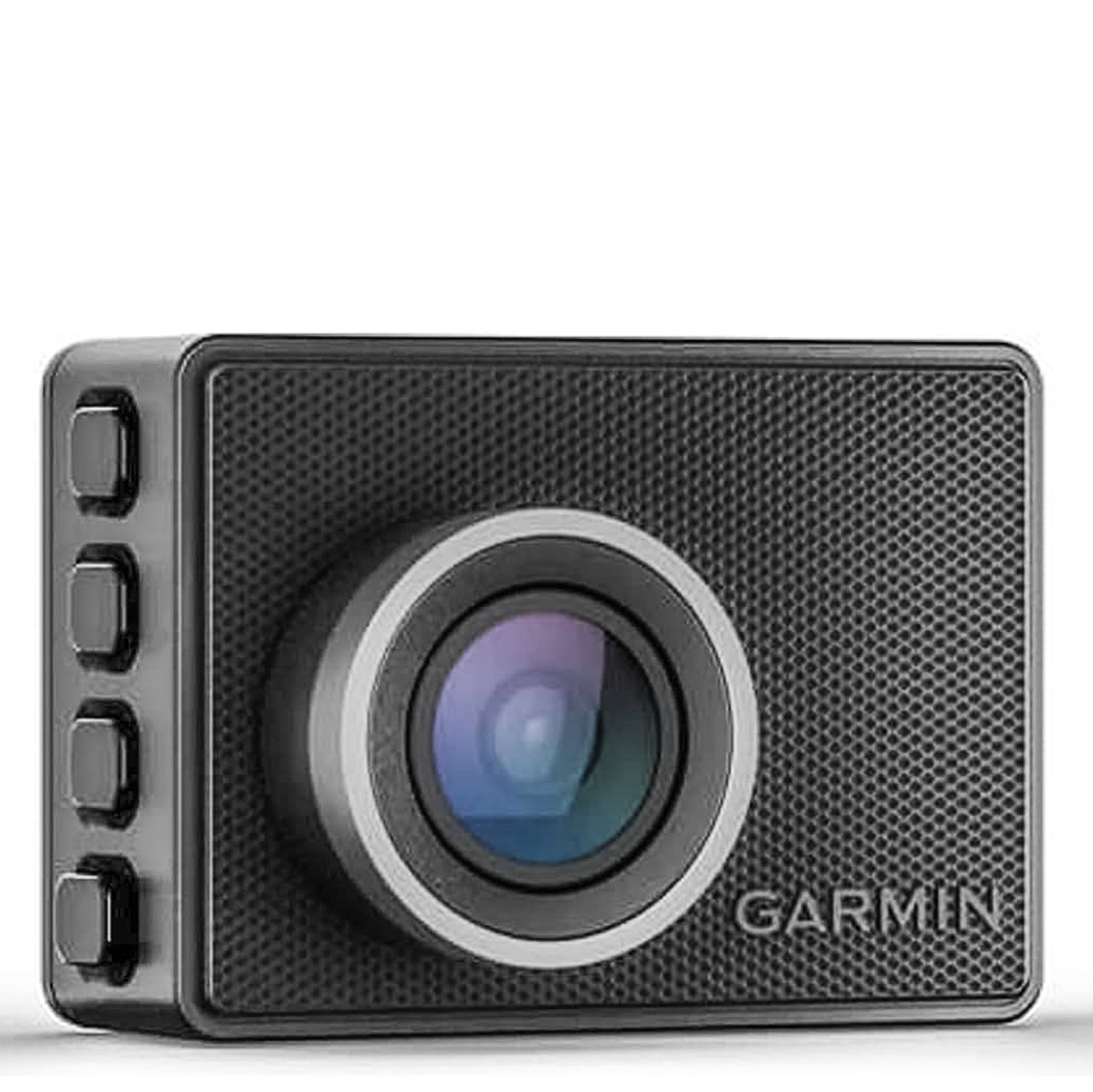
Best for safety
A feature-packed dash cam that records in 1080p with HDR, plus it has voice control, GPS, speed camera warnings and optional cloud storage (subscription required).
Read more
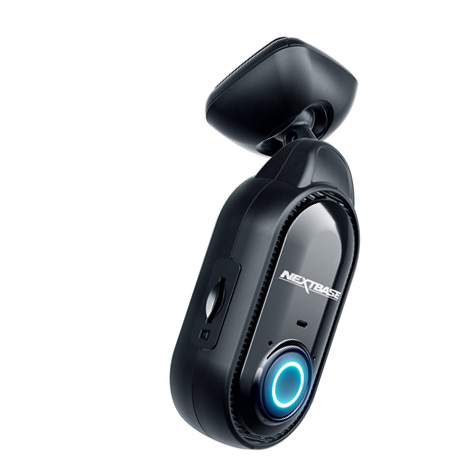
Best for value
The brand-new Nextbase Piqo offers fantastic value for money. It records in 1080p and includes both Wifi and GPS, while being one of the most compact dash cams around.
Read more
The best budget dash cams
Why you can trust Digital Camera World
Best budget dash cam overall
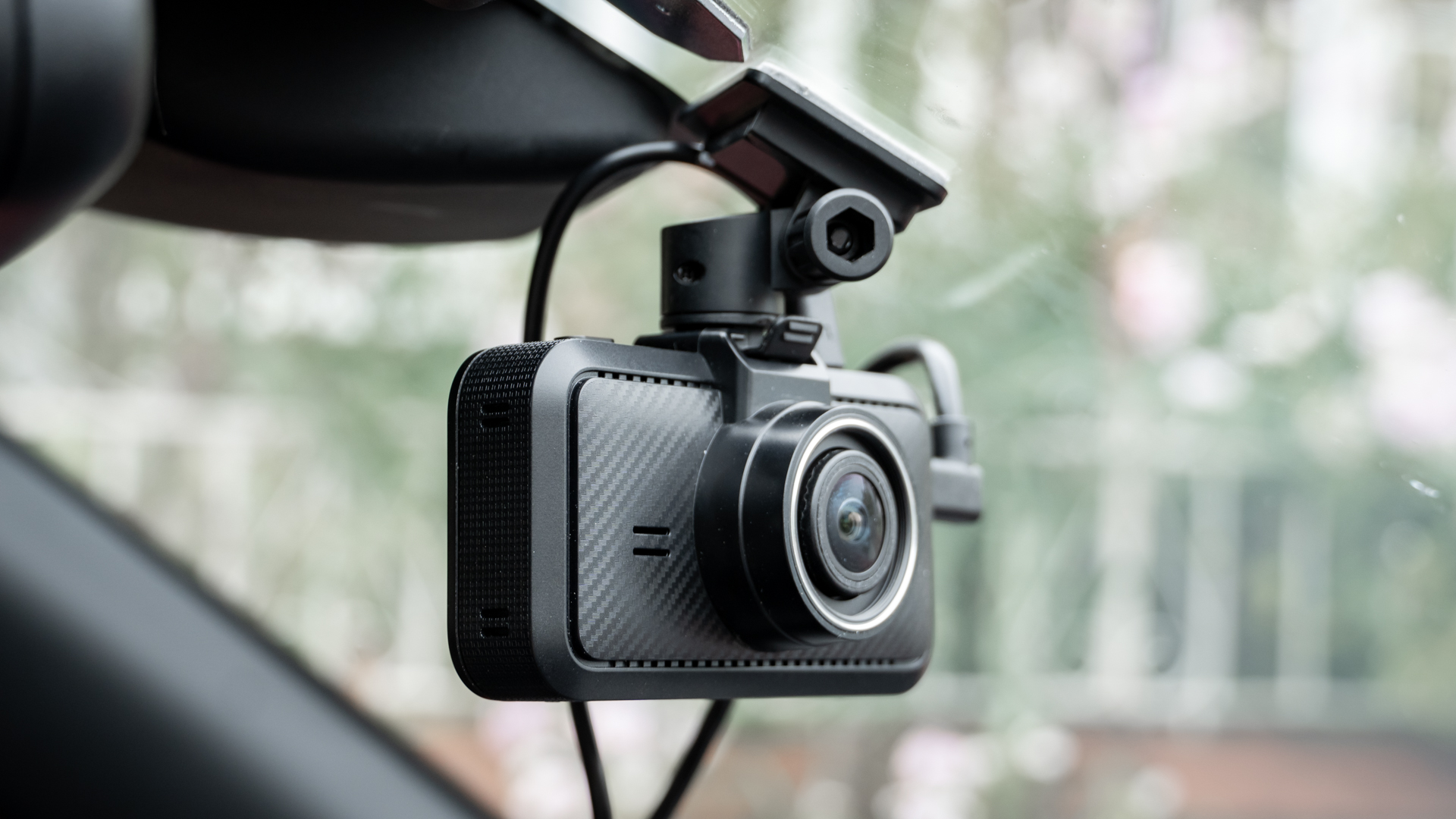
Specifications
Reasons to buy
Reasons to avoid
I was really impressed by the Miofive S1 Ultra despite its affordable price. Most of all, this high-end dash cam stands out for its ability to record in 4K resolution from both front and rear cameras.
Released in 2024, its recommended retail price is $199.99 / £199.99 – but is often found heavily discounted. It comes with a 64GB microSD card. You get WiFi, GPS, HDR, and Bluetooth capabilities, along with a 3-inch display and parking mode.
Overall, the design is simple yet premium-feeling, with a carbon-style effect on the front panel. We found it offers good video quality, especially in well-lit conditions, with sharp and clear footage. The front camera records at 30 fps in 4K, while the rear camera manages 25 fps at 4K resolution.
Note that the 4K resolution produces large file sizes, although the included 64GB card can store about four hours of dual 4K footage. And while 4K might be overkill for some people, the Miofive S1 Ultra makes a compelling case for higher resolution in dash cams.
If you want to save even more money, the front camera can be bought on its own.
Read our full Miofive S1 Ultra review for more details
Best compact budget dash cam
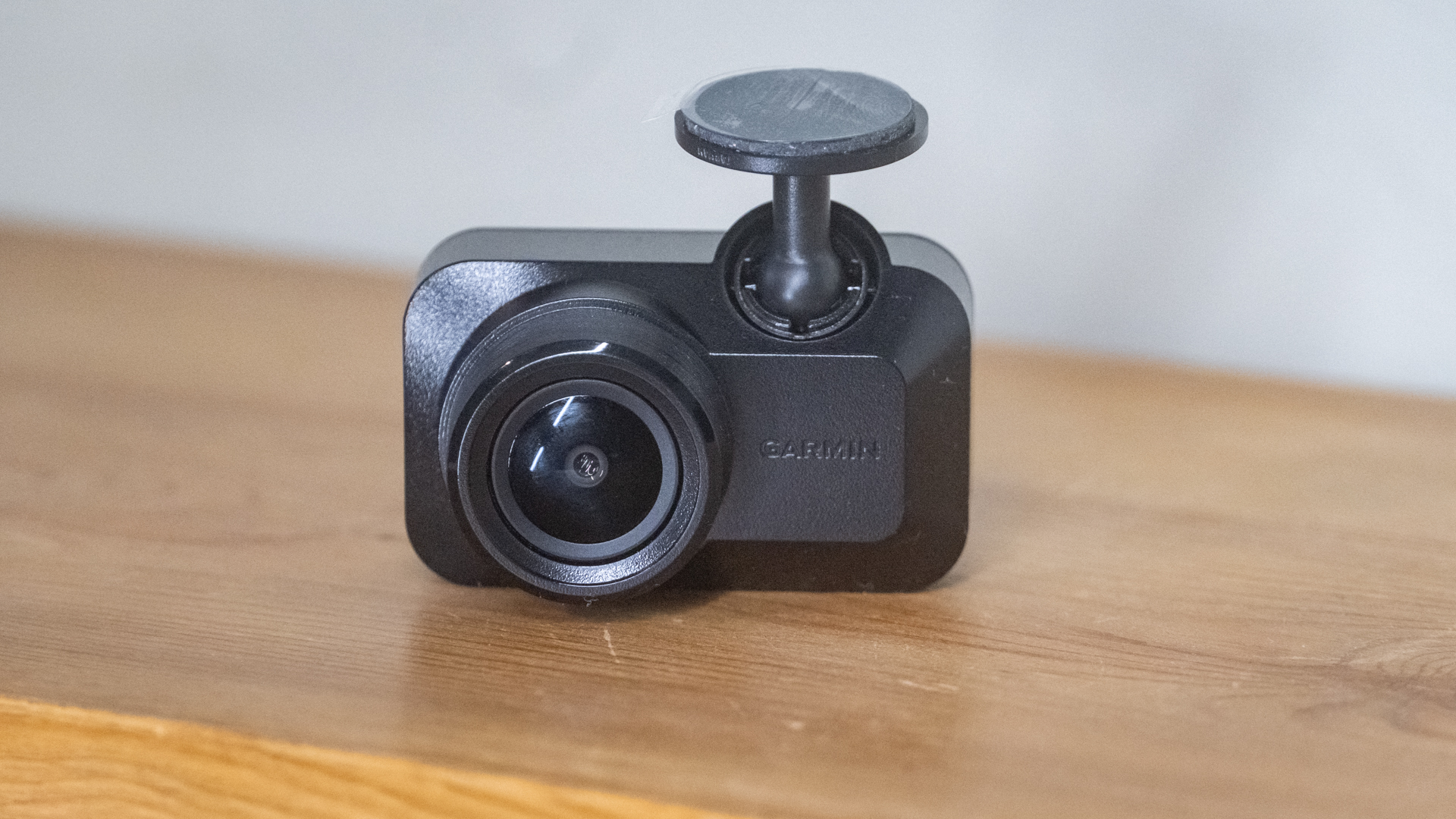
Specifications
Reasons to buy
Reasons to avoid
The Garmin Mini 3 is our favorite compact budget dash cam, and it’s easy to see why. This really is a tiny camera that, despite its diminutive dimensions, shoots excellent Full HD video.
New for the third-gen Mini is an integrated polarizing lens, which helps to cut down on windshield reflections, and although the form factor has switched from portrait to landscape, the Garmin Mini is still a very small dash cam. Install it behind your rear view mirror and you’ll forget it’s even there.
Garmin’s voice control system works well, making it easy to grab a photo or save a portion of video by issuing a spoken command to the camera. There’s also a parking mode (hardwiring required), Garmin’s wonderfully simple windshield mount, and Wifi for transferring video to your phone via the nicely designed Garmin Drive app.
A new feature now lets you view a live video feed from the camera using the app. However, this requires hardwiring, a data connection for the dash cam, and a subscription to Garmin’s Vault cloud storage service, so won’t be for everyone. That said, these features demonstrate just what a fully-rounded dash cam the Mini 3 is, despite its size.
If you want to spend even less, look out for discounts on the older Garmin Mini 2, which is just as small and, for video recording at least, equally impressive.
See our full Garmin Dash Cam Mini 3 review for more details
Best sub-$100 dash cam
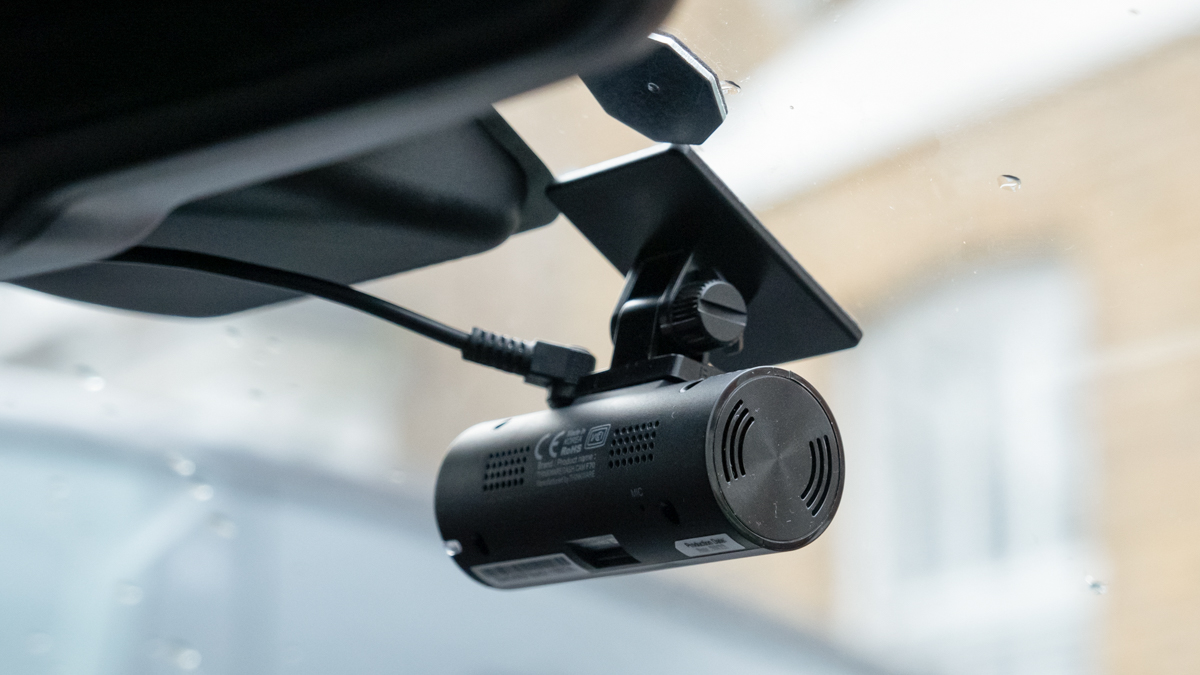
Specifications
Reasons to buy
Reasons to avoid
Thinkware is a top brand in the dash cam sector, and the F70 is one of its most compact, and affordable, options to date. This forwards-facing camera features a 2.1MP CMOS sensor that records Full HD (1920 x 1080) footage at 30fps.
The lens is 140 degrees, which isn’t the widest we’ve seen but is par for the course in the sub-$100 end of the market. Like most dash cams, there is no battery. Instead, a supercapacitor holds enough charge to ensure footage is saved and the camera switches off correctly when it is unplugged or the car is switched off.
Additional features include a parking mode (which requires the optional hardwiring kit, sold separately) and there’s a port for adding Thinkware’s optional GPS antenna.
See our full Thinkware F70 review for more details.
Best cheap dash cam with a display
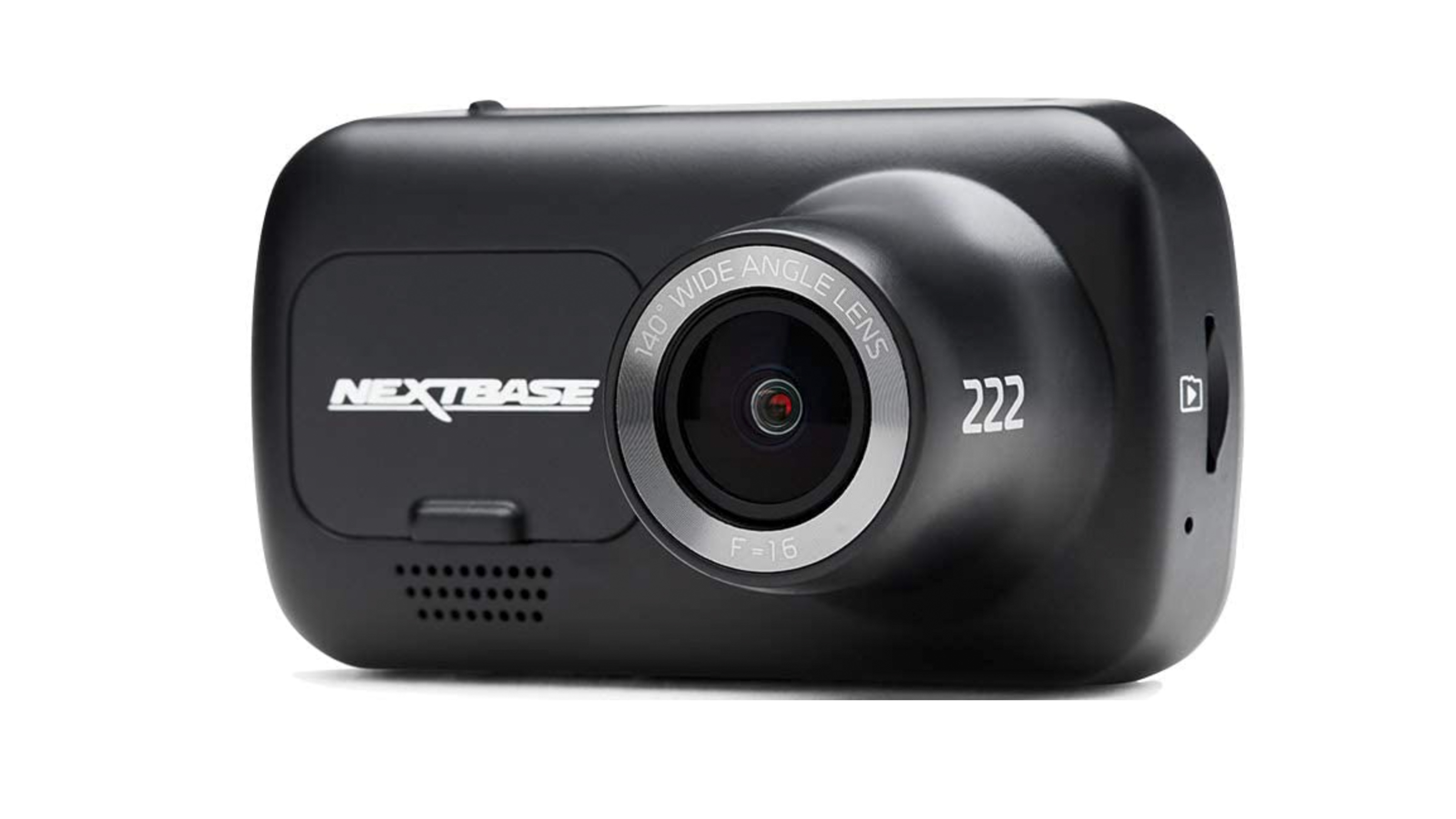
4. Nextbase 222
Specifications
Reasons to buy
Reasons to avoid
Another big-hitting brand in the dash cam market, Nextbase’s 222 pairs a Full HD imaging sensor with a six-layer glass lens for impressive video quality for the price. We especially like the quick-release magnetic mounting system, as used by all Nextbase products.
This makes it easy to remove the dash cam and switch it between vehicles, while the 2.5-inch display is handy for getting the dash cam’s position just right, and viewing recorded footage. If you don’t like the lack of screens on the Thinkware F70 and Garmin Mini 2 above, this could be the dash cam for you.
There’s also infrared night vision and a parking mode, although as with all dash cams here, a hardwiring kit (sold separately) is required to enable that feature.
Best for safety features
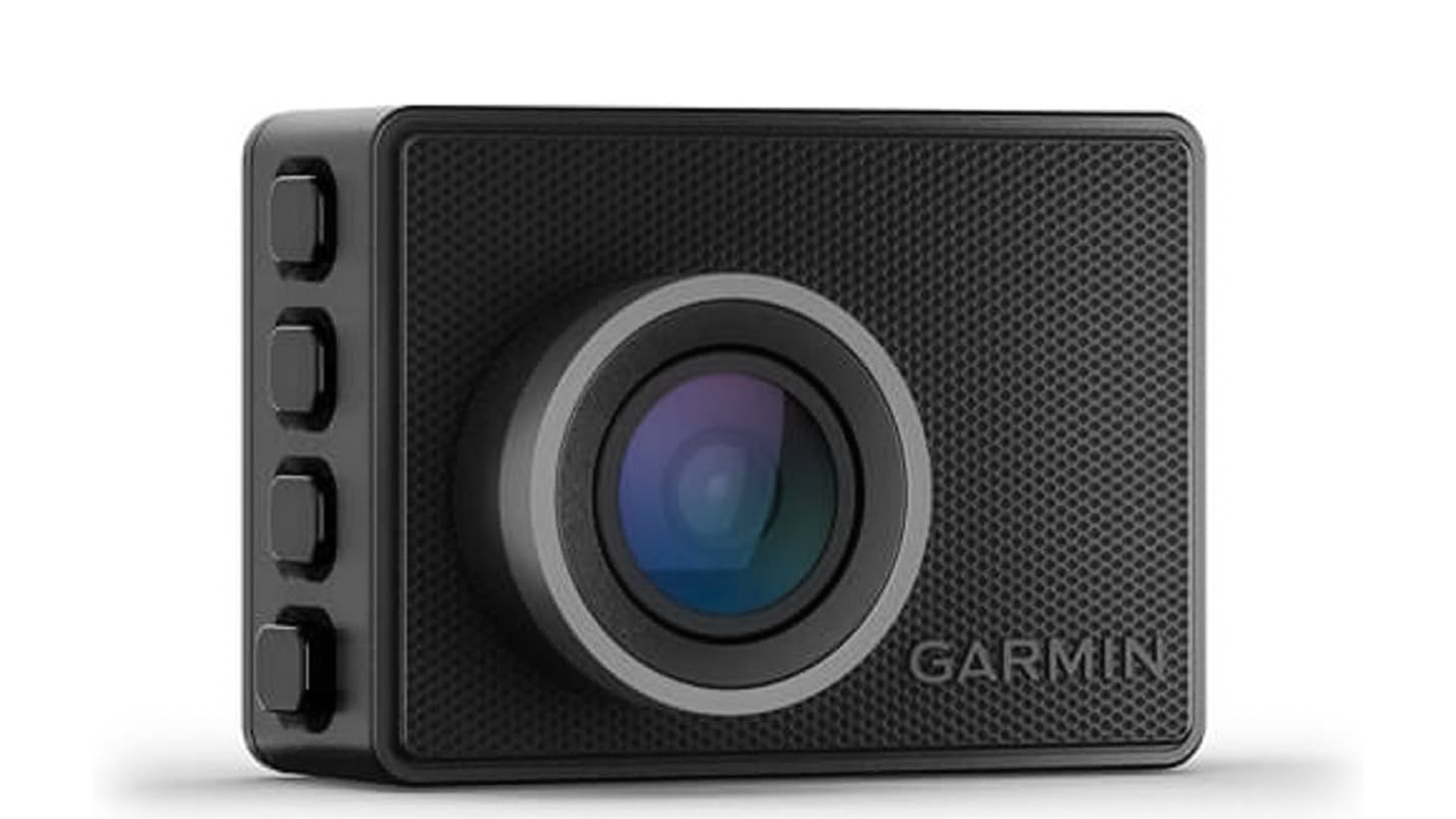
5. Garmin Dash Cam 47
Specifications
Reasons to buy
Reasons to avoid
Garmin makes some of the very best dash cams we have ever used. And while it’s not quite in the same league as the flagship 67W, the company’s cheaper Dash Cam 47 is a fantastic product for a great price. Although remarkably compact, the 47 shoots in Full HD with HDR, has Wi-Fi for easy video transfer to your phone, has GPS for location and speed data, and there’s a parking mode available if you pick up Garmin’s OBD cable for a constant supply of power.
This is also one of very few budget dash cams to offer a cloud storage service. Called Vault, this works with all Garmin dash cams and means recordings of incidents will be automatically uploaded to the cloud (using the dash cam’s Wi-Fi connection to your phone) right after a collision is detected. Vault is priced from £4.99 a month and footage is held online for seven days before it is deleted, giving you time to view and download it. All that said, the 47 also records directly to a microSD card like all other dash cams.
We also like the Garmin’s voice control system, which is reliable and works quickly, and in testing we have round the company’s windscreen mounts are among the very best. Instead of a huge suction cup, Garmin dash cams snap magnetically to a coin-sized magnet that sticks to the screen and takes up very little space.
Lastly, this dash cam even offers optional driver assistance and safety functions, including forward collision and lane departure warnings, speed camera alerts, and a handy notification that pings if you’ve not noticed the vehicle ahead has started moving.
The best value dash cam

Specifications
Reasons to buy
Reasons to avoid
Launched in late-2024, the Piqo is a brand-new dash cam from Nextbase. It borrows a similar design to the company’s flagship iQ range, but significantly shrinks both the size and the price tag.
Two models of Piqo are available, with the only difference being how the base model Piqo 1K records at 1080p through a 140-degree lens, and the slightly more expensive Piqo 2K version records 1440p at 145 degrees.
I wouldn’t get too hung up on the differences here, and believe the base version is perfectly good – and great value at $130. What’s more, at the time of writing in early 2025 Nextbase’s own website has the price reduced to $99.99, making the Piqo even better value.
A key difference between this and other compact dash cams, like the Garmin Mini 3, is how the Piqo has GPS. This means it can add location coordinates and speed data to all of your recordings.
See our full Nextbase Piqo review for more details
How to choose the best budget dash cam
Naturally, price is a key factor when choosing the best budget dash cam. And since these models tend to offer fewer features than more expensive versions, video quality is also vitally important; ultimately, your task as the buyer is to pick the dash cam that strikes the best balance between price and picture quality.
Design may also play a part, but instead of the dash cam’s aesthetics we recommend you focus on the size of the product and whether it will fit discreetly in your car. A dash cam should ideally be fitted behind the central mirror, where it is neatly hidden from view and can’t distract the driver, but also where its buttons (especially the one to manually save video) are comfortably within reach.
If your budget stretches a little further, GPS and Wi-Fi are useful extra features. The former adds speed, location and direction data to video recordings, while the latter makes it quick and easy to transfer footage from the dash cam to your phone, instead of removing the memory card and using a computer.
How we test budget dash cams
Before we write a review or include a dash cam in a buying guide like this one, the product is installed in a car and used for several days. This includes daytime and nighttime driving, and during that time we will try out all of its features, and even dig into the settings menu and decide on the best way to set everything up. For example, a dash cam sometimes produces better quality video with a higher frame rate and a lower resolution.
This being a test of budget dash cams, we paid close attention to their value for money. Instead of being drawn to the most expensive dash cam with the most features and the highest-resolution video, this was a lesson in bang-for-buck, where points were scored by the dash cams that produced the best video and provided the best user experience at the most attractive price.
Commonly asked questions
What is the most important feature of a budget dash cam?
The answer to this one has to be video quality. This is the core function of any dash cam, and since budget models might not offer much else, their video quality has to be the center of attention.
Almost every model in this guide shoots at 1080p Full HD, which is usually plenty sharp enough for dash cam footage. Models that record at 720p, known as regular HD, can still work, but their nighttime footage generally suffers as a result. At the other end of the scale, some of today’s budget dash cams can record at 1440p (sometimes known as 2K resolution) or even 4K.
Are 4K dash cams worth the extra cost?
As tempting as it is, try not to be drawn in by claims of 4K. Because, while the footage might technically be that resolution, it will not look anything like the 4K footage you’re used to seeing on TV. The size and quality of the image sensor is equally important, along with the dash cam’s low-light abilities.
The best way to determine good video quality from a dash cam is to look at details like vehicle plates and road markings. Are they clear and legible? If so, then that dash cam should be worthy of your consideration. Sometimes even models shooting in 4K struggle to produce sharp video, especially in challenging lighting conditions.
Can budget dash cams be hardwired?
Yes. Almost every single dash cam can be hardwired. This usually involves buying a separate wiring kit that connects the dash cam to the fuse box of your car, giving it a constant source of power from the 12-volt battery (a common component of all cars, including petrol, diesel, hybrid and electric). This ensures the dash cam keeps running when the car is switched off, at which point the dash cam’s parking mode kicks into life.
Some dash cams can be plugged into the vehicle’s OBD-II (on-board diagnostics) port, which is also an industry-standard connection and is usually found in the cabin. Hardwiring (or using an OBD cable) is a great idea if you want to use the parking mode of a dash cam, or you want a neater installation than a cable untidily plugged into a USB port.
What is more important, resolution or frame rate?
There is no certain answer here, but it is worth digging into the settings of your dash cam and seeing what resolution and frame rate options are available. Some models will lower the resolution (from 1440p to 1080p, for example) and increase the frame rate (usually from 30 fps to 60 fps). While the lower resolution might seem like a step backwards, a higher frame rate generally adds smoothness and makes it easier to see details when footage is paused. This could be crucial when trying to read a road sign or vehicle registration plate. We recommend experimenting with your dash cam to see what setup works best for you.
Get the Digital Camera World Newsletter
The best camera deals, reviews, product advice, and unmissable photography news, direct to your inbox!
Alistair has been a journalist since 2011 and used to be Deputy Technology Editor at IBTimes in London. His specialist tech subjects include smart home gadgets, phones, wearables, tablets and dashcams. He is the host of The AutoChat Podcast.
